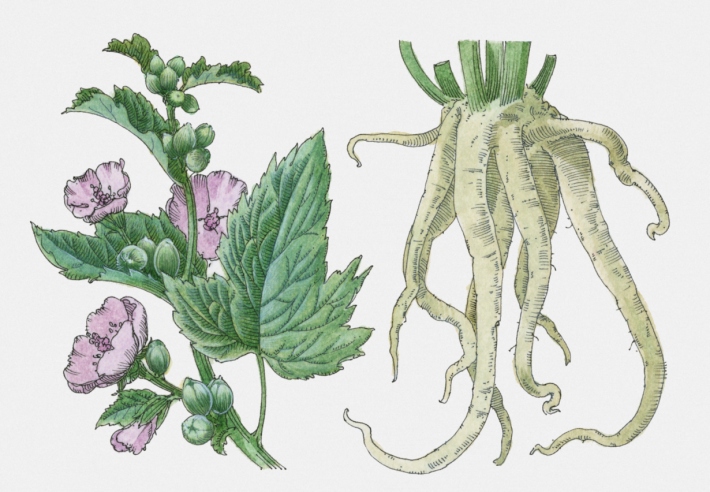Discover flavour series No. 4: Bitter

From our Winter 2015/2016 issue. Be the first to read the next issue of Positive Life in print – Subscribe.
By Hans Wieland
Before I discovered the taste of black coffee as a student, I was allowed as a teenager to have “Muckefuck” or “Caro-Kaffee”, a cereal coffee made from the roots of chicory, ground rye and barley without the addictive caffeine. It was much later in life when I started growing chicory, radicchio and endive as part of my obsession with taste and flavour for salads. They’re a fantastic crop for winter harvesting in my polytunnel and I love the bitterness of their leaves.
Chicory, radicchio and endive aren’t common vegetables in Irish gardens, but that is going to change. Organic garden queen Joy Larkcom, asked recently at a public interview at the GIY Growfest in Waterford about what she wanted to see happening, said, “I would hope gardeners grow more chicory, because they have many merits. They are naturally robust, are mostly easily grown, have few pests and utilise ground that would otherwise be idle in winter.”
Chicories are such a useful crop. They provide salad leaves from autumn right through to early spring if you stagger your sowing and choose varieties that mature at different speeds. I sow into modules late July and early August and then plant early September into ground recently vacated by broad beans, garlic or potatoes. They are not particularly difficult to grow nor fussy about soil type and are very hardy.
The chicories (Cichorium Intybus) are wonderfully diverse and come in several distinct varieties. Radicchio is the popular Italian name for chicory. Rossa die Treviso, Palla Rossa and the green leafed Sugar Loaf are my favourites. Endives (Cichorium Endivia) are another group in the chicory family and like the broad-leafed Nuance and the curly-leafed Pancalieri. The latter is virtually self- blanching.
I also try to produce ‘Chicons’ by forcing chicory in late autumn and winter. I lift the thickest roots, cut the leaves back just above the roots and forced them in a pot of compost in a dark, warm place. It takes about three weeks to produce the ‘chicons’.The ‘Witloof’ type Metafora is ideal for this purpose.
Healthy, nutritious bitter greens. Bitter greens have a bold flavour that may take some getting used to but the health benefits are worth the effort. Bitter greens are packed with vitamins A, C and K, and minerals like calcium, potassium and magnesium. Filled with folate and fibre and low in fat and sodium, they are a nutritional powerhouse.
As mentioned in Colleen’s article also in this issue, eating bitter food activates taste buds that simultaneously stimulate enzyme production and bile flow, promoting healthy digestion. The better your food is digested, the more nutrients you’ll absorb from your food. They’re digestive magic. What’s more, bitter greens also promote natural detoxification of the liver, regulating cholesterol, balanceing hormones and detoxifying the blood. It all helps digest fats in a more efficient manner.
They’ll balance your taste buds and reduce cravings. Ayurveda recommends we consume all tastes for better health: sweet, salty, sour, bitter, pungent, and astringent. Our western diet primarily consists of sweet and salty tastes and it is to our benefit to eat foods that activate all of our taste buds. It’s also been suggested that consuming bitter greens may also reduce food cravings and aid in weight loss!
Hans Wieland has been working and teaching at The Organic Centre since 1997. Essential reading: The salad garden by Joy Larkcom. And grab your own organic seeds for chicory, endive and radicchio. Book and seeds available from: theorganiccentre.ie


